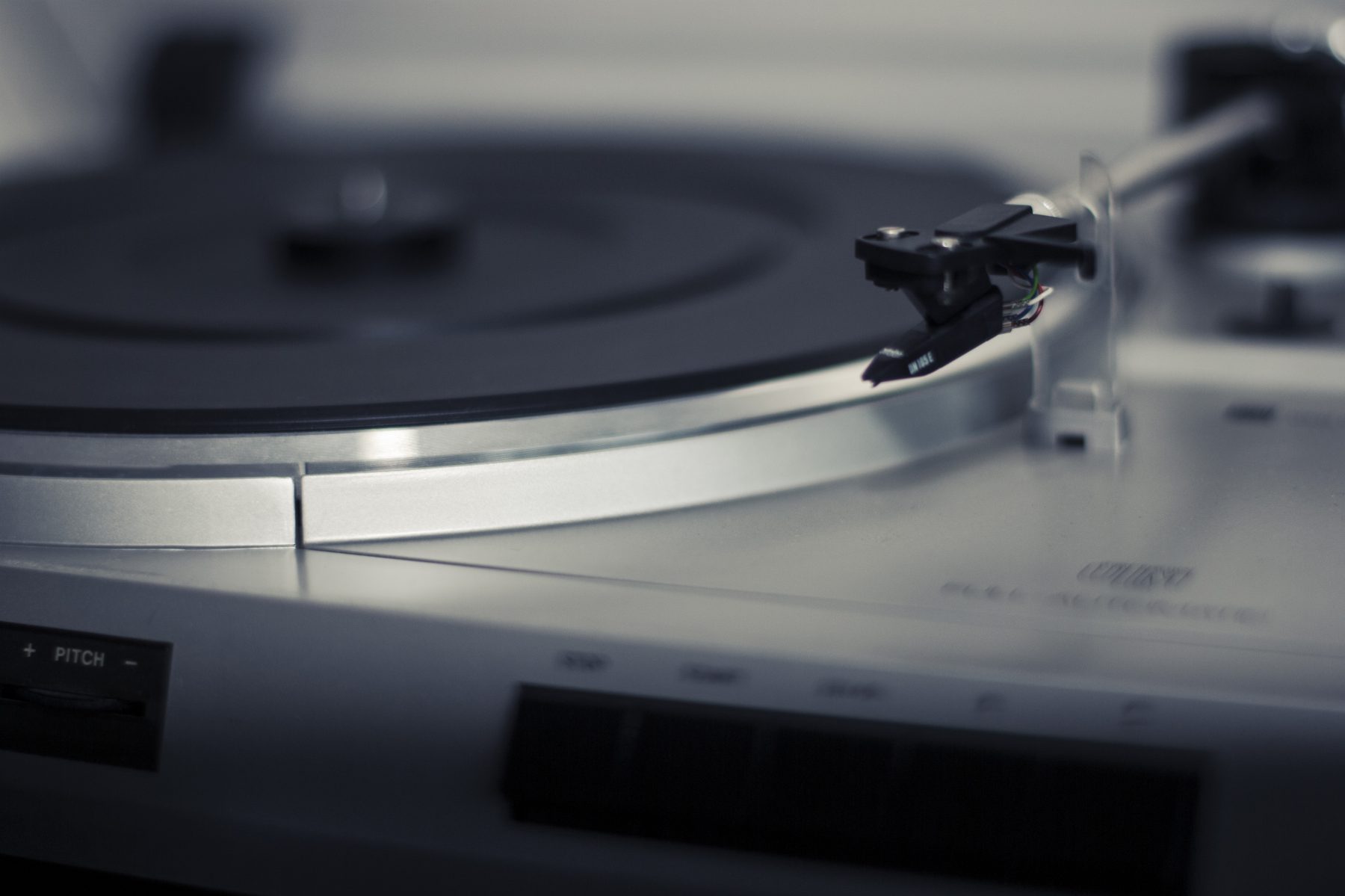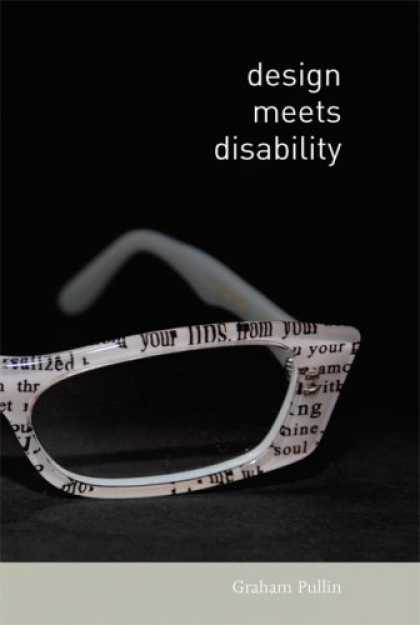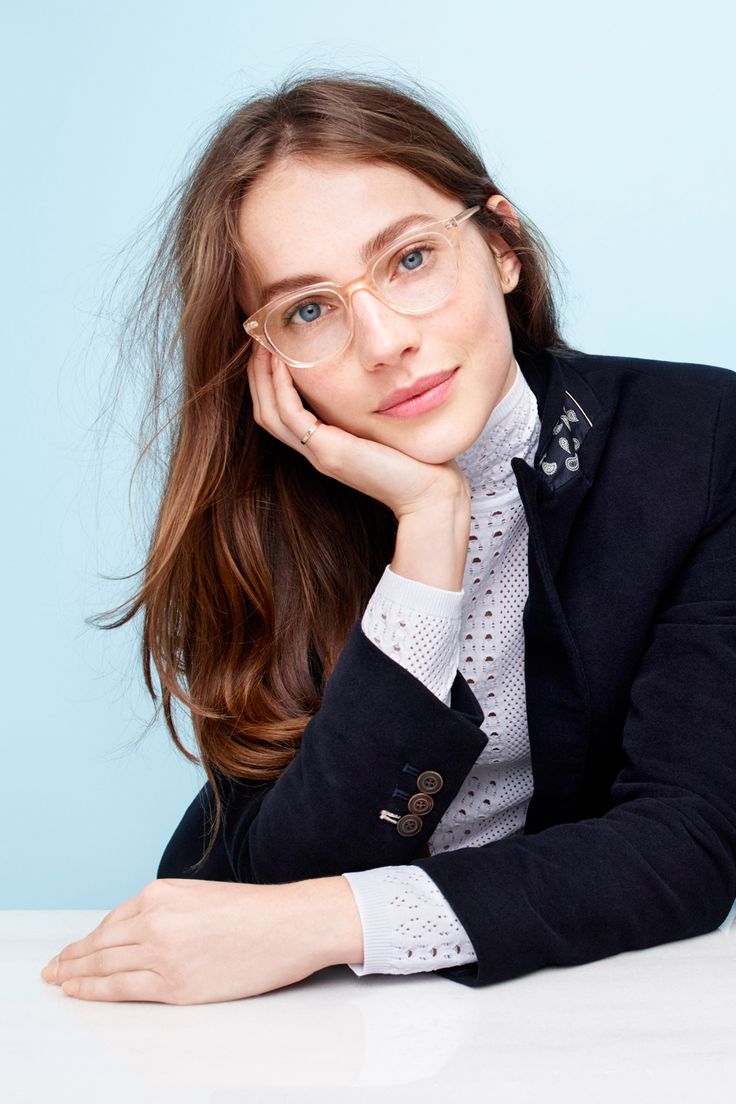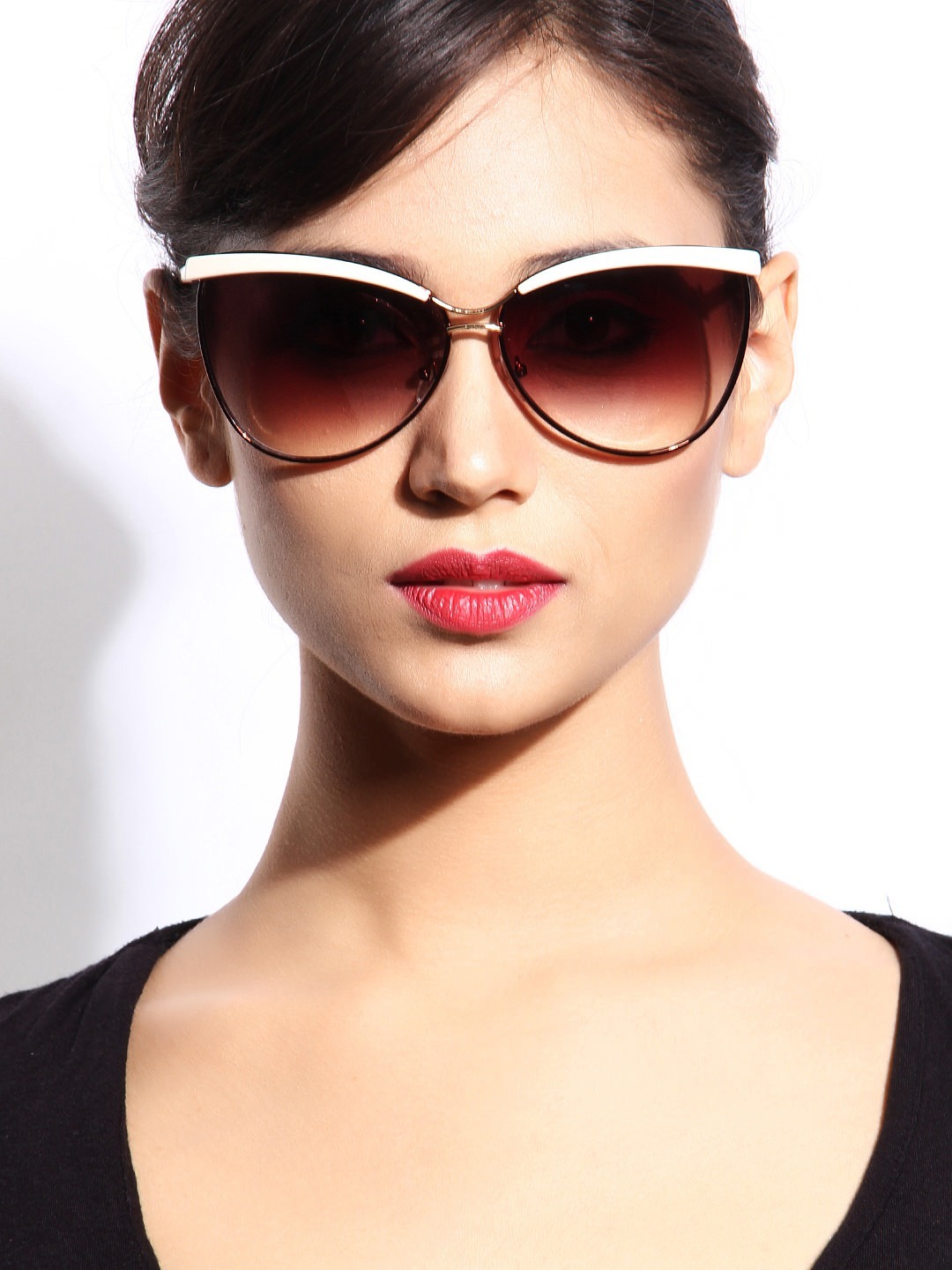In this book..
Disability
– Complex interaction between features of a person & features of the environment & society that one lives.
Impairment
– Problem in body function / structure
Inclusive Design / Universal Design
– Considering issues of disabilities and seeks to make mainstream design accessible to everyone
Fashion Meets Discretion
Designing for disability, tackling issues of discretion.
Questions:
1) Should impairment be something to hide?
2) Is it something that one should be ashamed of?
Traditionally, medical solutions for impairment were designed with discretion(Enabling while attracting as little attention as possible) as a priority.
However we could also design for people with disabilities and make them look good to others and feel better about themselves > With integration of fashion : Example 1 – Eyewear
Glasses were initially designed as a medical product for people with visual impairment.
Shift in perspective:
Medical model > Social model
Hearing Aids
(http://www.aldershotaudiology.com/products/hearing-aids)
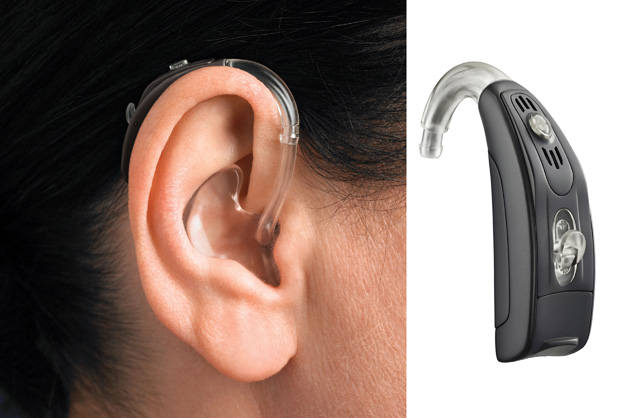
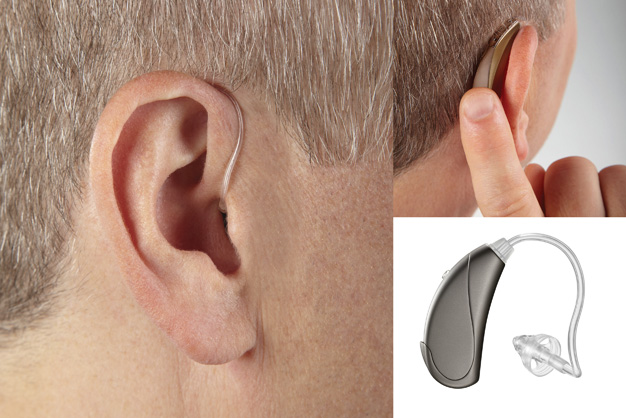
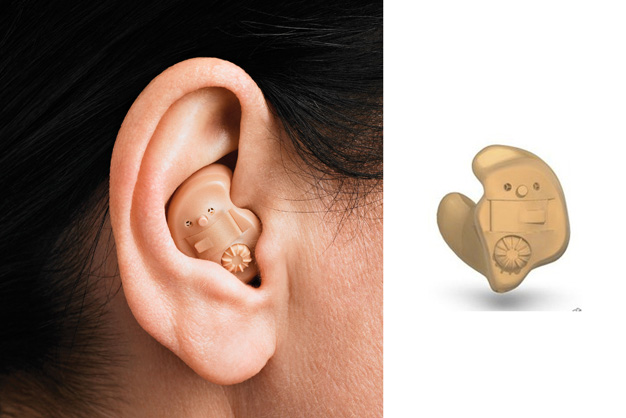
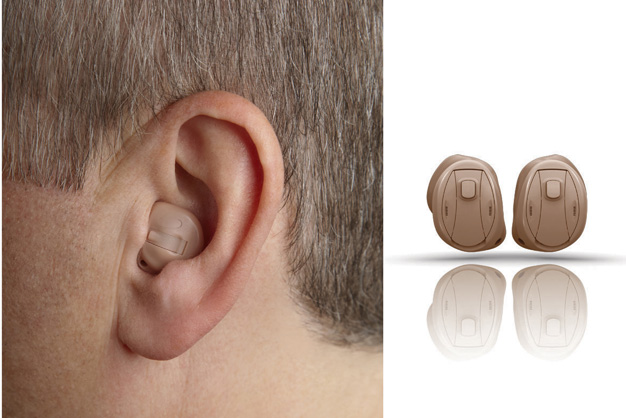
Embracing Fashion
The evolution of glasses from medical appliance to fashion accessory challenges the notion that discretion is always the best policy. Hearing aids, prostheses, and many other products could be inspired by this example. More confident and accomplished design could support more positive images of disability.
